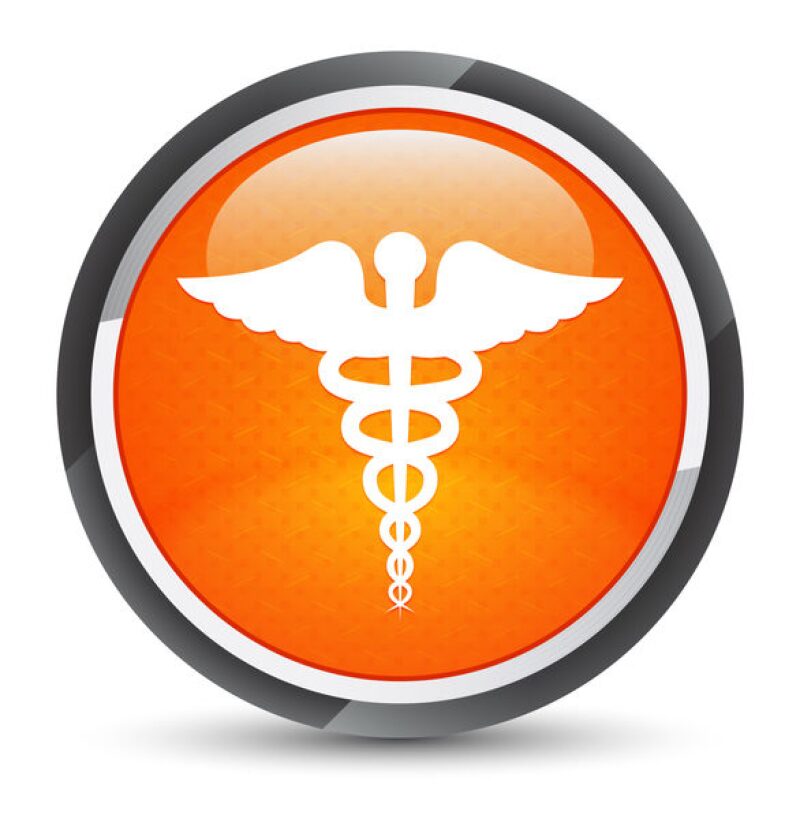The importance of research and recommendations to address workforce safety and health derives from the continuing toll from worker fatalities, injuries, and illnesses. Estimates of the societal cost of work-related fatalities, injuries, and illnesses range up to $2.2 trillion in the US from 2007 to 2015, which may be an underestimate of total societal costs.
The ongoing changes in the nature of work, the workforce, and the workplace in the US challenge old paradigms of worker safety and health research and require new decision criteria that are more solution oriented than observational and that result in interventions that can be readily applied to new occupational hazards and exposures.
As public funding for science research programs becomes more constrained, and the demand for increased accountability of government spending grows, the need to demonstrate the impact or return on taxpayers’ investment becomes a necessity for research agencies. The National Institute for Occupational Safety and Health (NIOSH) has developed an evidence-based method that uses the criteria of "burden," "need," and "impact" (BNI) to identify research priorities and aid in the evaluation of the taxpayers’ investment in research. This approach, named the BNI method, may be useful to other public and private sector research agencies or entities that need a systematic way to set research priorities and allocate increasingly scarce resources for research while ensuring the maximal return on investment.
Introduction
US federal agencies are required to establish priorities and measure performance against explicit criteria. While these policies require agencies to establish strategic goals and performance measures, agencies have discretion over the methods they use to identify priorities. NIOSH was established in 1970 by the Occupational Safety and Health Act as the primary federal research agency focused on worker safety and health with the mission to create new knowledge and transfer it into practice. NIOSH is part of the US Centers for Disease Control and Prevention in the US Department of Health and Human Services and receives public funds to carry out its work.
A number of different approaches to priority setting in health research have been documented at the global, national, and local level. While the literature supports the notion that systematic and transparent methods are a useful tool to guide investments among research agencies and policy makers, no single approach works across the spectrum of health topics or focus areas. Supplementary Appendix 1, available at Annals of Occupational Hygiene online, summarizes these different approaches. The development of effective priority-setting approaches is dependent on the context in which research investments are made and the potential impact investments might have on the public good.
The nature of work, the demographic composition of the workforce, and the places where work occurs in the US continues to change and challenge traditional approaches to worker safety and health research. For example, work arrangements increasingly include temporary, contract, or "gig" work arrangements alongside the traditional or standard one employer/one employee model, characterized by full-time employment protected by various labor laws including wage laws, workers’ compensation, and occupational safety and health protections. The workforce is increasingly older and more age, racial, and gender diverse, and work/life demands are increasing with the automation of some work processes and shortage of job security, creating new stresses on the workforce.
To respond to these challenges, NIOSH developed a systematic and transparent method to prioritize occupational safety and health research and allocate scarce research dollars that is based on the burden of occupational hazards, the need to conduct research to address the burden, and the potential impact or value that can be expected from the proposed research. The BNI method is structured such that the burden of workplace injury and illness drives investment and evaluation strategies that consider need and potential impact to do the most critical work on the most pressing issues.

